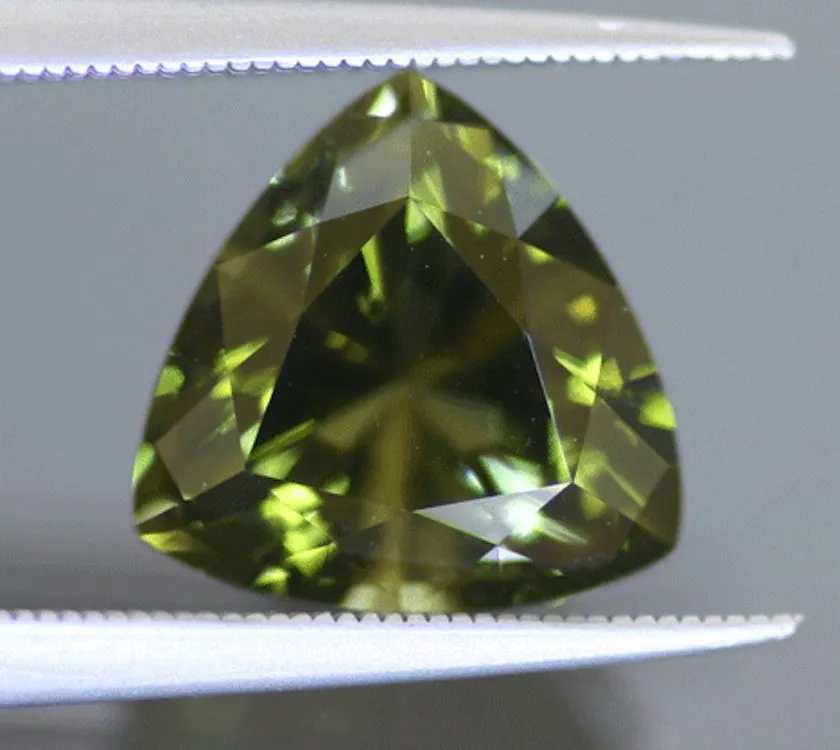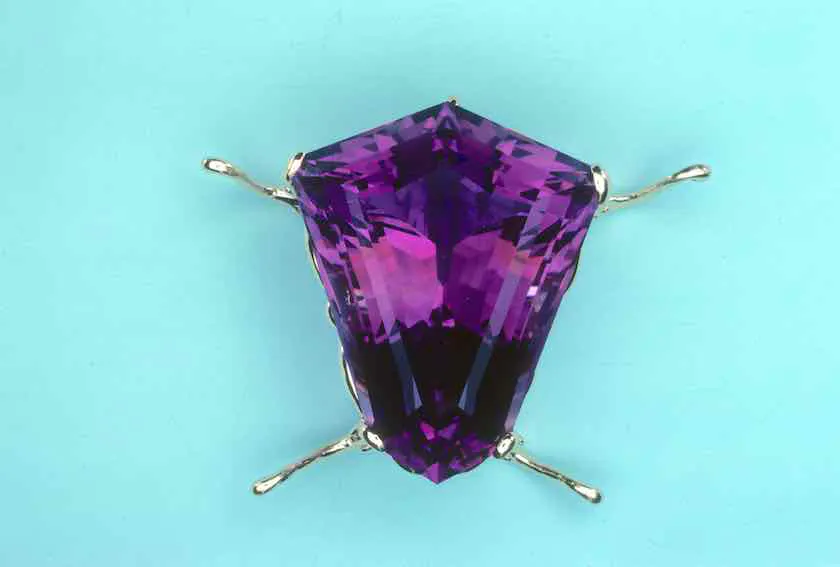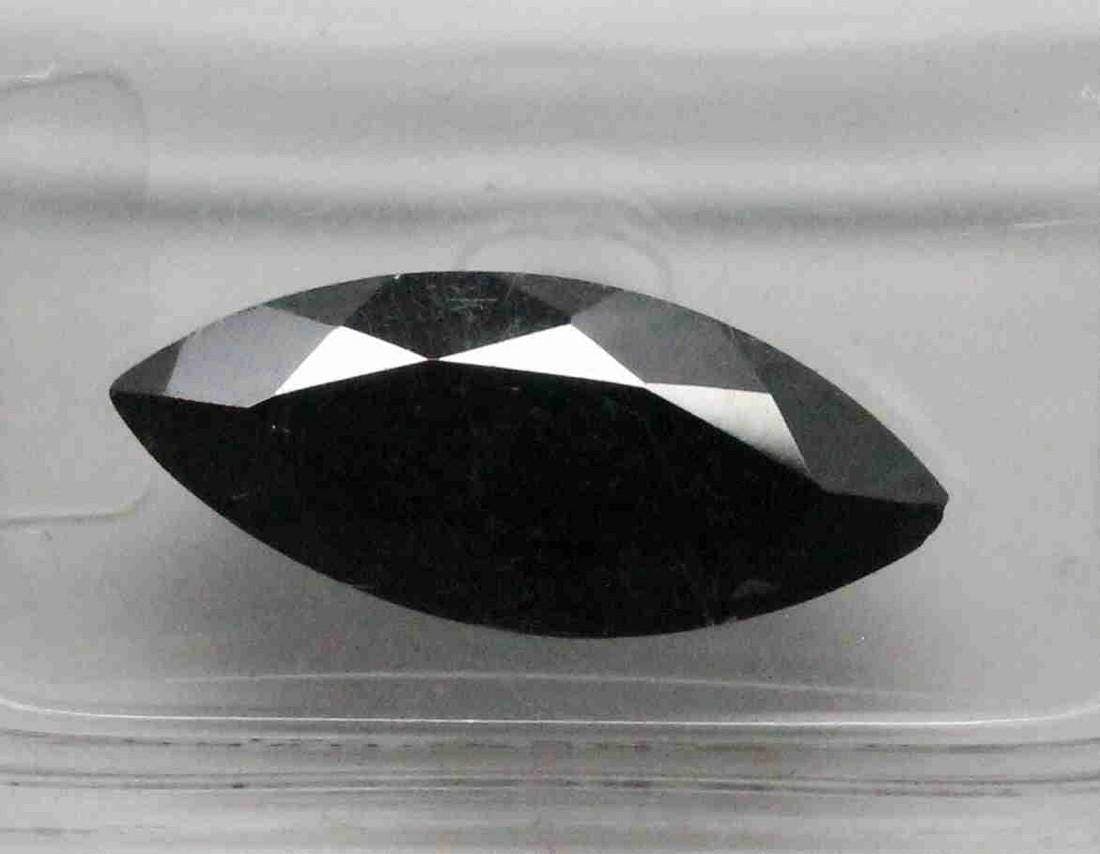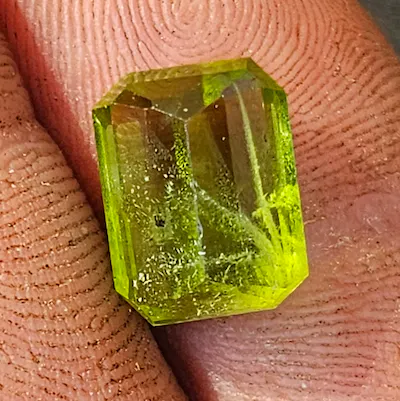Information about Ruby, Information about Sapphire, News
The July Birthstone: Ruby’s Symbolism of Love and Passion
Delve into the enchanting universe of the July birthstone – the ruby, with Melogems. Recognized as “The King of Colored Stones,” this passionate red gemstone carries a profound symbolism of love and ardor. Revered for its vibrant hue, the finest rubies are often dubbed as “pigeon’s blood.” Discovered in metamorphic limestone deposits and basaltic rock, with Myanmar standing out as a notable source, rubies effortlessly combine beauty and durability.
Scoring a remarkable 9 on the Mohs scale of hardness, these gemstones are not only exquisite but also endure the test of time, making them an ideal choice for enduring jewelry. When on the quest for ruby pieces, it’s essential to consider factors like color, clarity, and cut, all while staying conscious of the presence of synthetic alternatives in the market.
Allow the ruby’s timeless allure and profound symbolism to captivate you as you explore the curated collection at Melogems. Discover the perfect ruby piece that resonates with your preferences and style.
1. Ruby: The Red Variety of Corundum
1.1 Origins and Composition of Ruby
Ruby belongs to the corundum family, which also includes the equally prized blue gemstone sapphire. The red color of ruby is caused by the presence of the element chromium, which replaces some of the aluminum atoms in the crystal lattice of corundum. This composition gives ruby its distinct fiery red hue, ranging from deep blood red to lighter shades such as pinkish-red or purplish-red.
1.2 Differentiating Ruby from Other Varieties of Corundum
While ruby and sapphire are both varieties of corundum, it is the color that sets them apart. A gemstone is classified as a ruby if it exhibits a rich red color, whereas any other color of corundum is classified as a sapphire. The distinction between the two is not always black and white, as some gemstones may display a range of colors and fall into the category of “fancy sapphires.” Nevertheless, ruby’s red color remains its defining characteristic and is recognized worldwide.
2. The King of Colored Stones
2.1 Historical Significance of Ruby
Throughout history, ruby has held a prominent place among gemstones. It has been revered by different cultures and civilizations for its captivating beauty and symbolism. In ancient times, ruby was associated with the Sun and believed to bring good fortune, wealth, and protection. The gemstone was often worn by royalty and the highest echelons of society, symbolizing power, passion, and divine favor.
2.2 Cultural Symbolism Associated with Ruby
Ruby’s association with love and passion has made it a popular gemstone for individuals seeking to express their emotions. It is often given as a gift on special occasions, such as anniversaries or Valentine’s Day, symbolizing deep love and commitment. In some cultures, ruby is believed to possess magical and protective properties, warding off negative energies and attracting good luck and prosperity.
2.3 Famous Rubies Throughout History
Over the centuries, numerous rubies have become legendary for their exceptional size, color, and historical significance. One of the most renowned rubies is the “Hope Ruby,” a 32-carat gemstone with a deep red hue and exceptional clarity. It is named after the Duke of Hope, who owned this extraordinary gemstone in the early 19th century.
Another famous ruby is the “Sunrise Ruby,” a 25.59-carat gemstone known for its mesmerizing pigeon’s blood red color. This ruby holds the record for being the most expensive colored gemstone ever sold at an auction, fetching a staggering price of over $30 million.
These famous examples illustrate the allure and value of rubies, both from a historical and gemological perspective.
3. The Vibrant Red Color of Rubies
3.1 The Spectrum of Red in Rubies
Rubies exhibit a wide spectrum of red hues, ranging from lighter pinkish-red or purplish-red to the highly coveted and rare pigeon’s blood red. The term “pigeon’s blood” refers to the specific shade of red that is considered the pinnacle of ruby perfection. This intense and vivid red color is reminiscent of fresh blood or pigeon’s blood, hence the name. It is a sought-after characteristic among enthusiasts and collectors due to its rarity and mesmerizing beauty.
3.2 Unraveling the Pigeon’s Blood Myth
It is worth noting that the term “pigeon’s blood” is not universally defined, and its usage can vary depending on cultural and regional interpretations. Gemstone experts and traders may have different criteria when using this term to describe rubies. However, the general consensus is that pigeon’s blood rubies possess a combination of vivid red hue, high saturation, and excellent clarity, without any hints of secondary colors such as pink or purple.
4. Valuable Qualities of Rubies
4.1 The Four Cs of Ruby Evaluation
Similar to other gemstones, rubies are assessed based on the four Cs: color, clarity, cut, and carat weight. These factors determine the value and desirability of a ruby. When it comes to color, rubies are prized for their rich red hue, with pigeon’s blood rubies commanding the highest prices. Clarity refers to the absence of any visible inclusions or flaws, which can affect a ruby’s brilliance and transparency. The cut of a ruby determines its shape and proportions, enhancing its overall beauty and maximizing the light reflection within the gemstone. Carat weight, on the other hand, relates to the size of the ruby, with larger stones generally being more valuable.
4.2 Assessing the Clarity of Rubies
While most rubies exhibit some level of inclusions, those with high transparency and minimal inclusions are considered more valuable. Inclusions are naturally occurring features within a gemstone that can affect its clarity and overall appearance. However, certain types of inclusions, such as needle-like rutile silk or delicate “fingerprints” known as fingerprints, can enhance a ruby’s uniqueness and prove its natural origin.
4.3 Evaluating the Cut of Rubies
The cut of a ruby is crucial in bringing out its true beauty and brilliance. A well-cut ruby has facets that are precisely angled and proportioned to maximize the light entering and reflecting within the gemstone. This allows the ruby to exhibit its vibrant red color and sparkle when viewed from different angles. The most common cuts for rubies are oval, cushion, and round, although more unconventional shapes are also becoming increasingly popular.
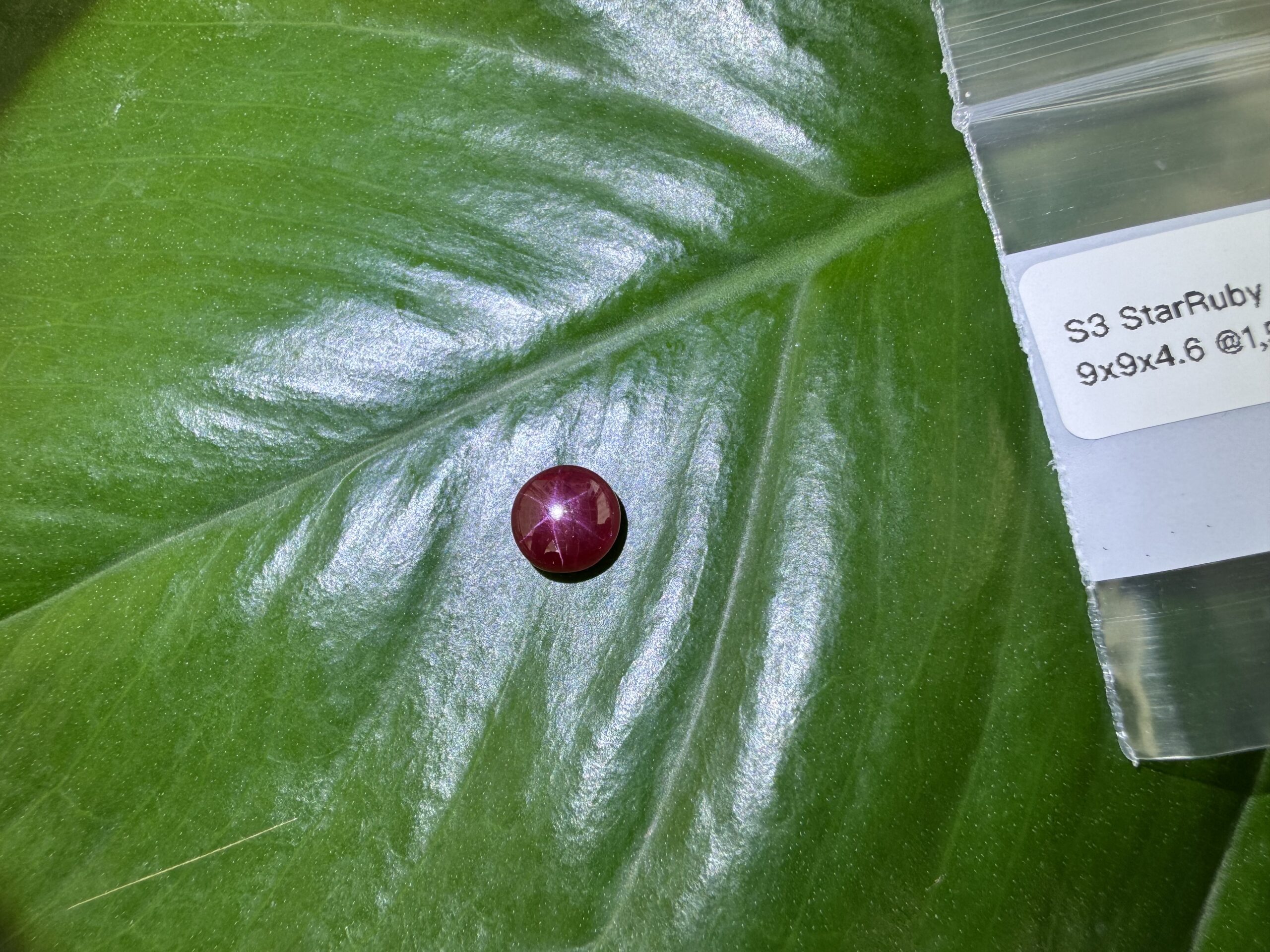
5. Ruby Deposits: From Metamorphic Limestone to Basaltic Rock
5.1 Formation of Ruby Deposits
The geological processes that lead to the formation of ruby deposits are fascinating and complex. Rubies are typically found in metamorphic limestone and basaltic rock formations, where intense pressure and heat give rise to the crystallization of corundum. Over millions of years, geological forces combine to create an environment conducive to the growth of corundum crystals, with the presence of chromium determining the red color of the resulting rubies.
5.2 Geological Sources of Rubies
Rubies can be sourced from various parts of the world, with some regions gaining a well-deserved reputation for producing exceptional specimens. Myanmar, formerly known as Burma, is one of the most famous sources of rubies. The Mogok region in Myanmar has been producing rubies for centuries, often referred to as “Burmese rubies.” These rubies are highly sought-after due to their intense red color and exceptional transparency.
Other notable sources of rubies include Thailand, Sri Lanka, and Vietnam, where high-quality rubies can be found in significant quantities. Additionally, rubies have been discovered in some parts of Africa, such as Mozambique and Madagascar. Each region’s rubies possess unique characteristics and allure, making them sought-after by collectors and connoisseurs alike.
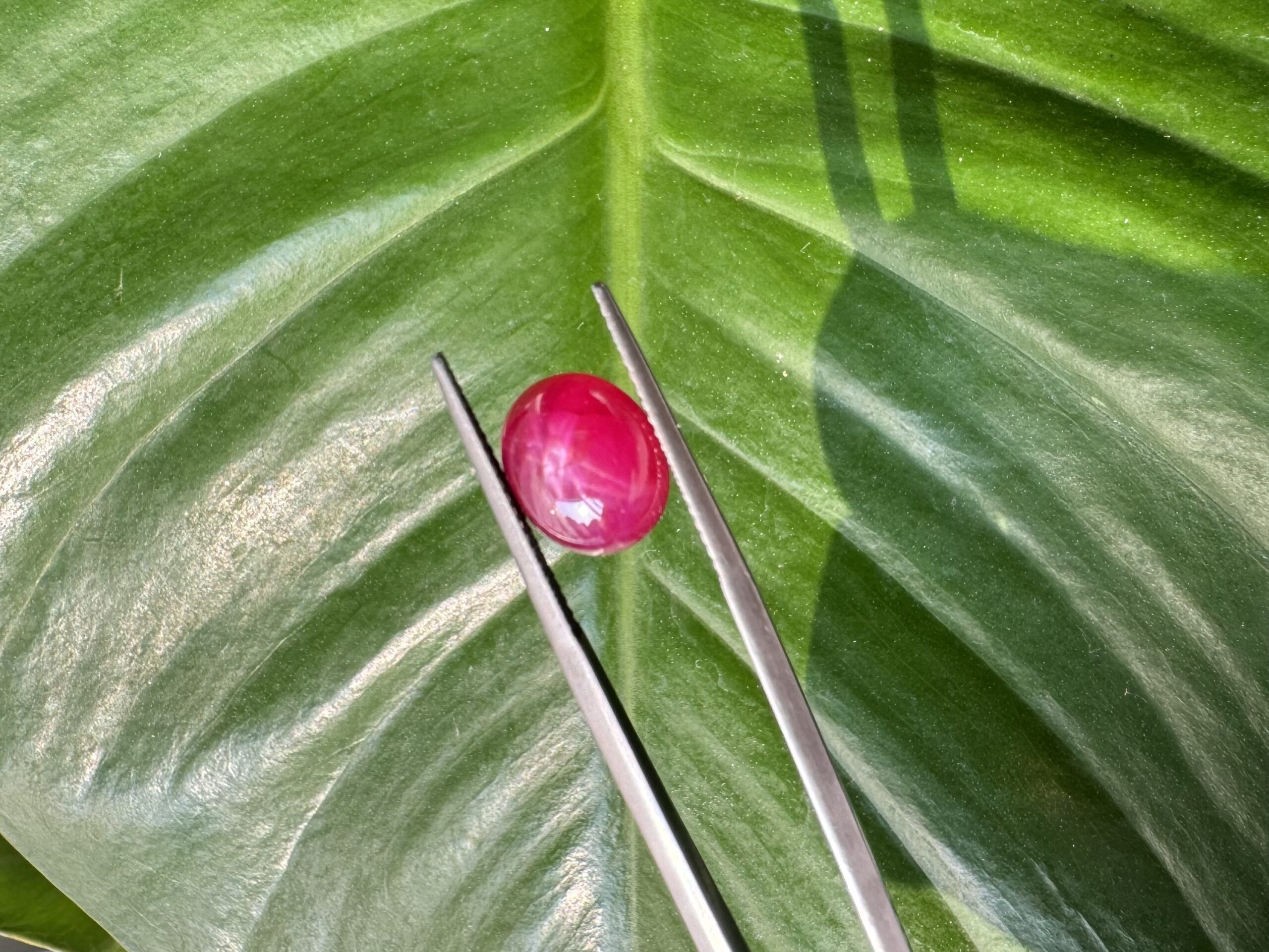
6. Myanmar: A Famous Source of Rubies
6.1 The Ruby Industry in Myanmar
Myanmar has a long and storied history when it comes to rubies, dating back centuries. The country’s ruby industry has played a significant role in its economy and cultural heritage. Rubies from Myanmar have been highly prized for their unparalleled beauty and quality, attracting gem traders and enthusiasts from around the world.
6.2 The Significance of Myanmar Rubies
Myanmar rubies are known for their exceptional saturation and purity of red color. Their intense, vivid hue is often used as a benchmark to compare rubies from other sources. The rich history of mining and trading rubies in Myanmar has led to a deep appreciation and reverence for these gemstones within the country’s culture.
6.3 Challenges in the Burmese Ruby Trade
Despite their desirability, the Burmese ruby trade has faced numerous challenges, including political unrest and issues surrounding ethical mining practices. In recent years, there has been a growing movement towards promoting transparency and responsible sourcing within the gemstone industry. Jewelry brands and consumers alike are increasingly seeking to ensure that the rubies they purchase are ethically and sustainably mined.
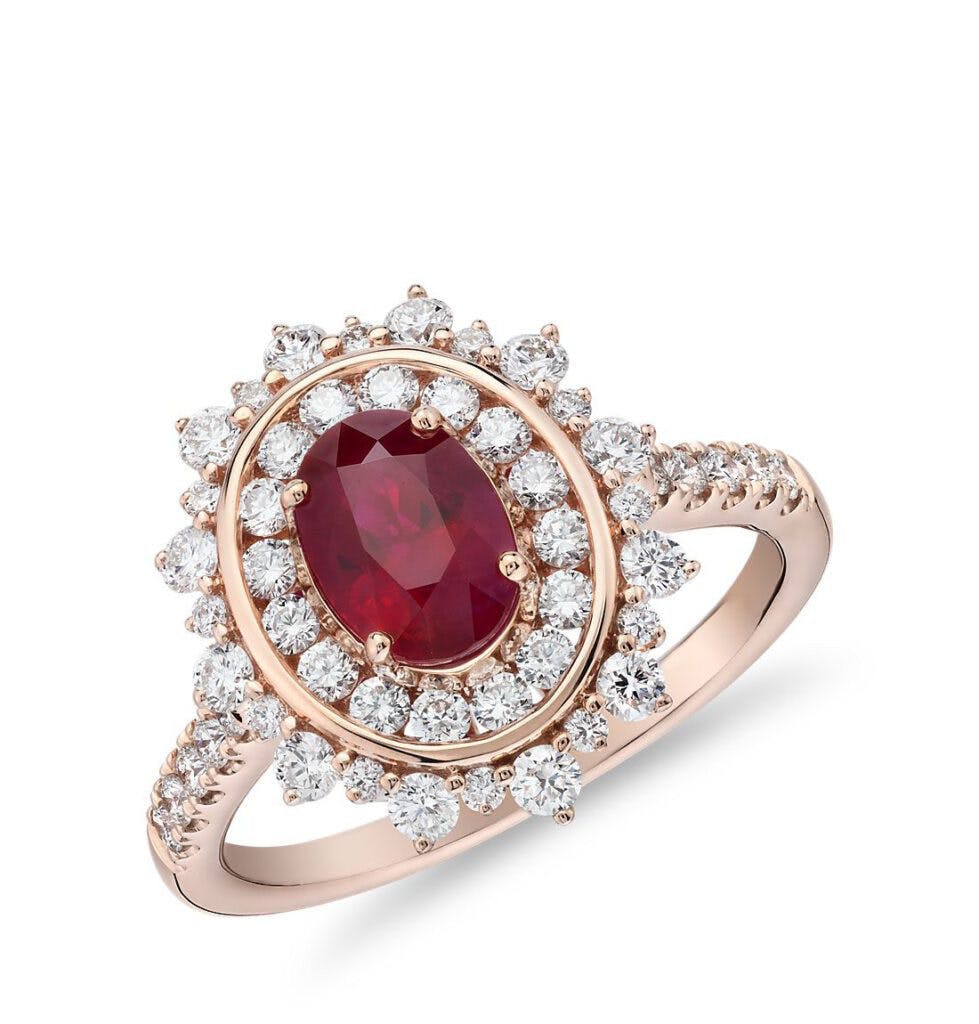
7. The Durability of Rubies
7.1 Understanding the Mohs Scale
When it comes to durability, rubies rank high on the Mohs scale, which measures a gemstone’s hardness. Rubies have a hardness of 9 on this scale, making them one of the hardest gemstones available. This exceptional hardness ensures that rubies can withstand everyday wear and tear, including scratches and abrasions. However, it is important to note that a ruby’s toughness may still be influenced by its structure and the presence of certain inclusions.
7.2 Ruby’s Resilience and Practical Applications
Ruby’s durability and resilience make it an ideal gemstone for various types of jewelry, including rings, earrings, necklaces, and bracelets. Its hardness allows it to withstand the rigors of daily wear, making it suitable for individuals who lead an active lifestyle or engage in physical activities. Additionally, rubies are often used in high-end watches for their beauty and ability to withstand the demands of timekeeping.
8. Ruby Jewelry: Factors to Consider
8.1 Choosing Ruby Jewelry for Personal Style
When selecting ruby jewelry, it is essential to consider personal style and preferences. Rubies can be set in a variety of designs and settings, ranging from classic solitaire rings to intricate pendant necklaces. The choice of metal, such as gold or platinum, can also impact the overall aesthetic and durability of the jewelry piece. Ultimately, selecting ruby jewelry should be a reflection of individual taste and a celebration of the gemstone’s timeless allure.
8.2 Matching Ruby Jewelry with Different Attires
Ruby jewelry adds a touch of elegance, sophistication, and color to any outfit. Whether for a formal event or a casual gathering, rubies can complement a wide range of attire. Their vibrant red color makes them an eye-catching addition to both traditional and contemporary ensembles. A timeless ruby pendant can be paired with a little black dress for a classic and elegant look, while ruby-studded earrings can add a pop of color to a casual jeans-and-blouse ensemble.
8.3 The Significance of Birthstone Jewelry
Birthstone jewelry holds a special significance for many individuals. For those born in July, ruby is their designated birthstone. Wearing a ruby birthstone piece is believed to bring good luck, protection, and an enhanced connection to one’s inner self. Birthstone jewelry, such as a ruby ring or pendant, makes for a meaningful and personalized gift that can be cherished for a lifetime.
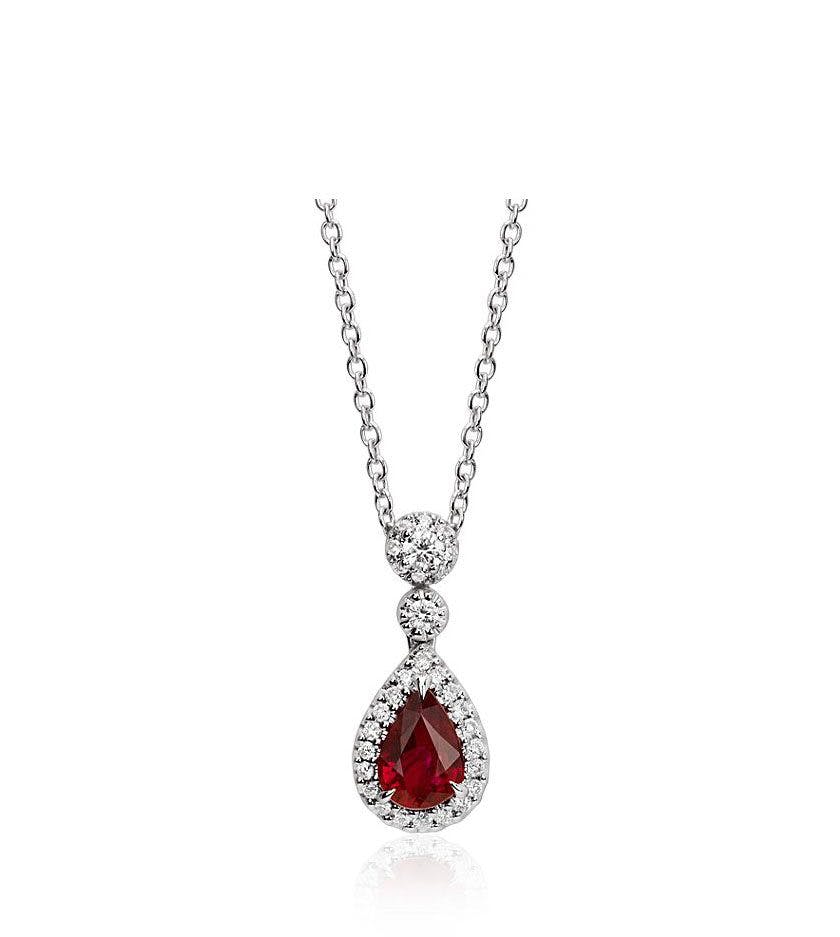
9. Synthetic Rubies: A Consideration
9.1 Introduction to Synthetic Rubies
With advancements in technology, it is now possible to create synthetic rubies in laboratories. These lab-grown rubies possess the same chemical composition and physical properties as natural rubies but are created in controlled environments. Synthetic rubies offer an ethical alternative for individuals who may have concerns about the environmental impact or socio-economic issues associated with the mining of natural rubies.
9.2 Pros and Cons of Choosing Synthetic Rubies
The choice between natural and synthetic rubies ultimately depends on personal preferences and priorities. Synthetic rubies are typically more affordable than their natural counterparts and can offer a wider range of colors, including shades that are difficult to find in natural rubies. However, some individuals may prefer the uniqueness and historical significance of natural rubies, valuing their connection to the earth and the stories they carry.
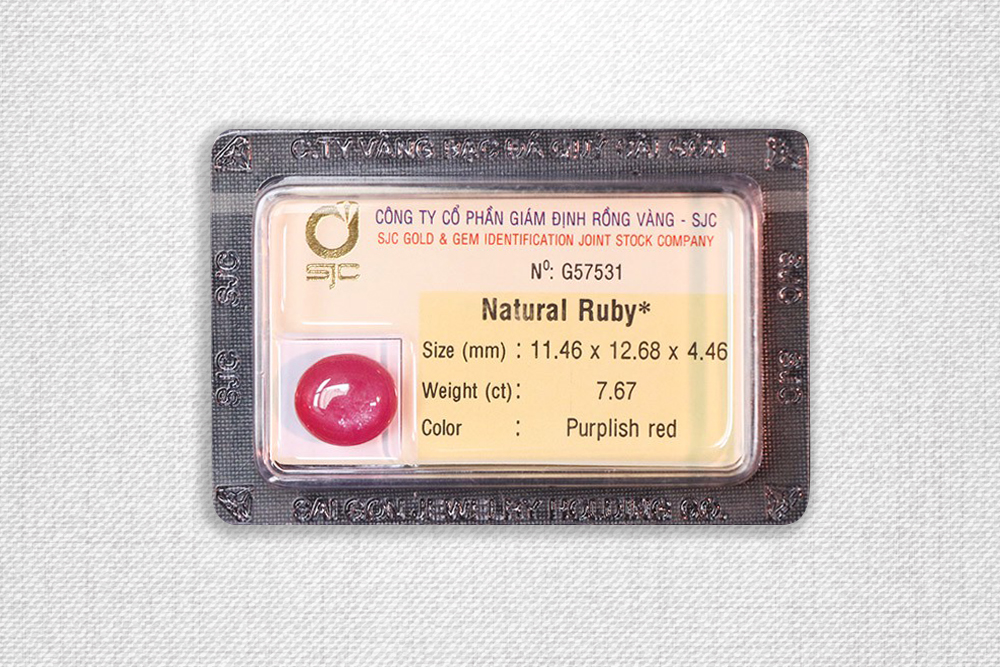
In conclusion, the July birthstone, ruby, captures the essence of love and passion with its vibrant red color and rich symbolism. From its origins as the red variety of corundum to its prominence as a king among colored stones, rubies continue to mesmerize and captivate. Whether you are admiring a rare Burmese pigeon’s blood ruby or wearing a synthetic ruby birthstone piece, the allure and beauty of rubies are undeniable. As you explore the world of rubies, remember to consider factors such as color, clarity, and cut when purchasing ruby jewelry. Ultimately, the choice between natural and synthetic rubies is a personal one, and both hold their own unique appeal. So embrace the fiery red beauty of rubies and let them ignite love and passion in your life.


